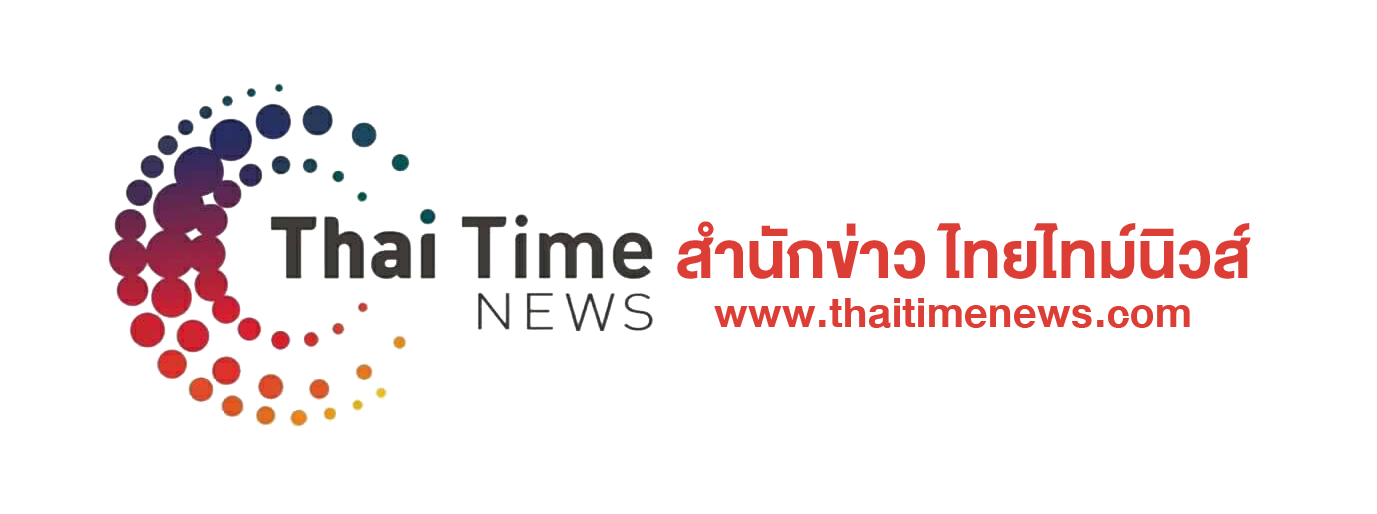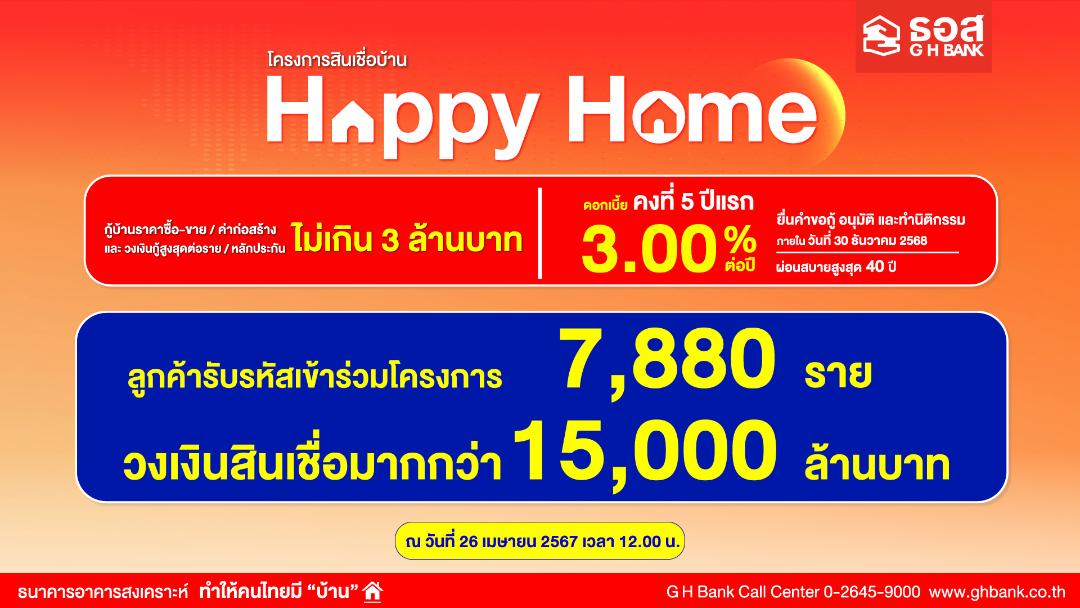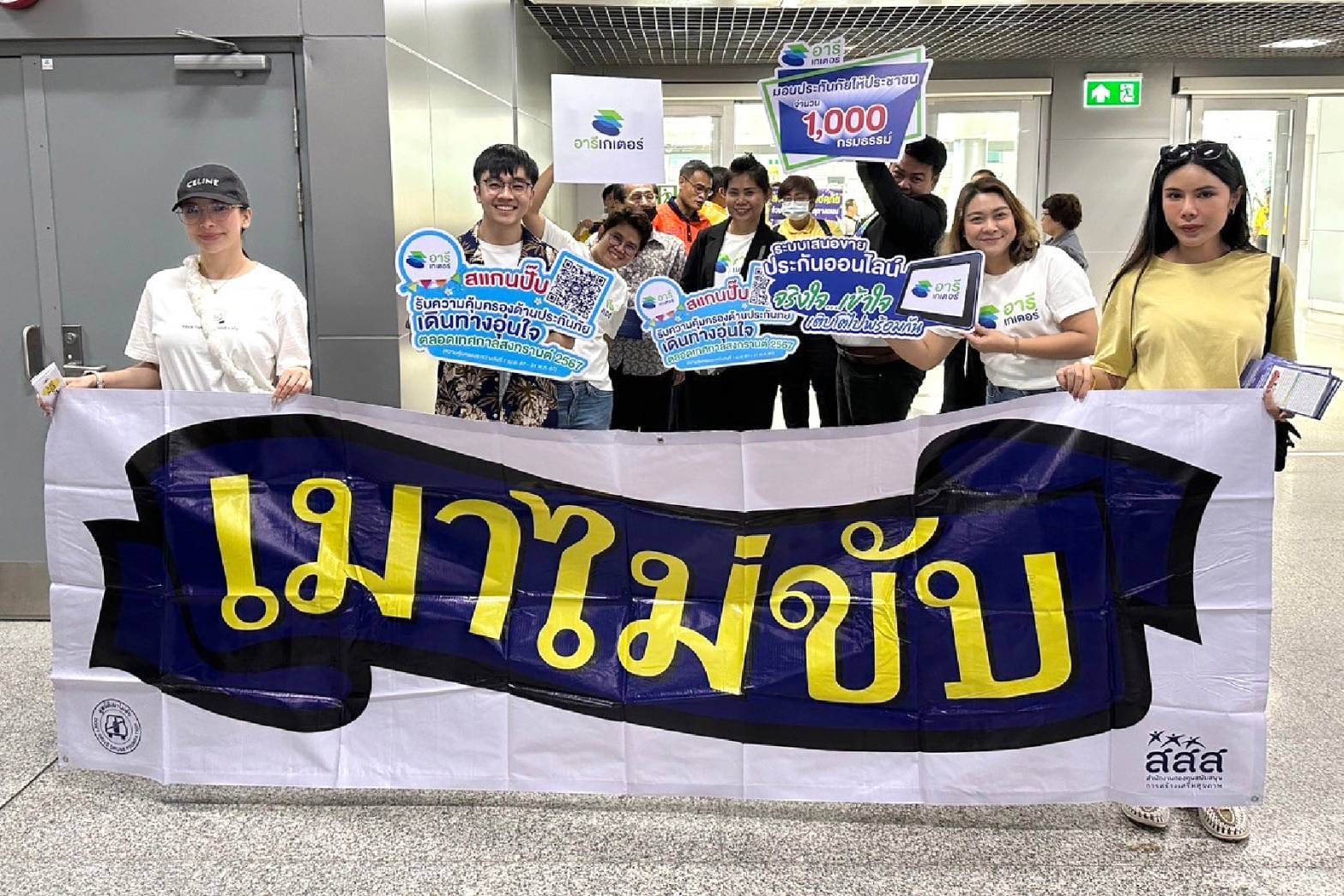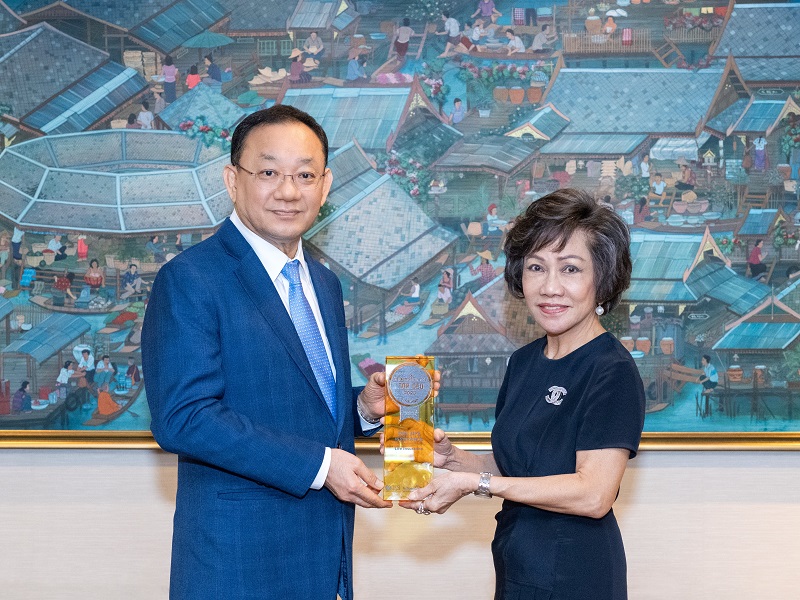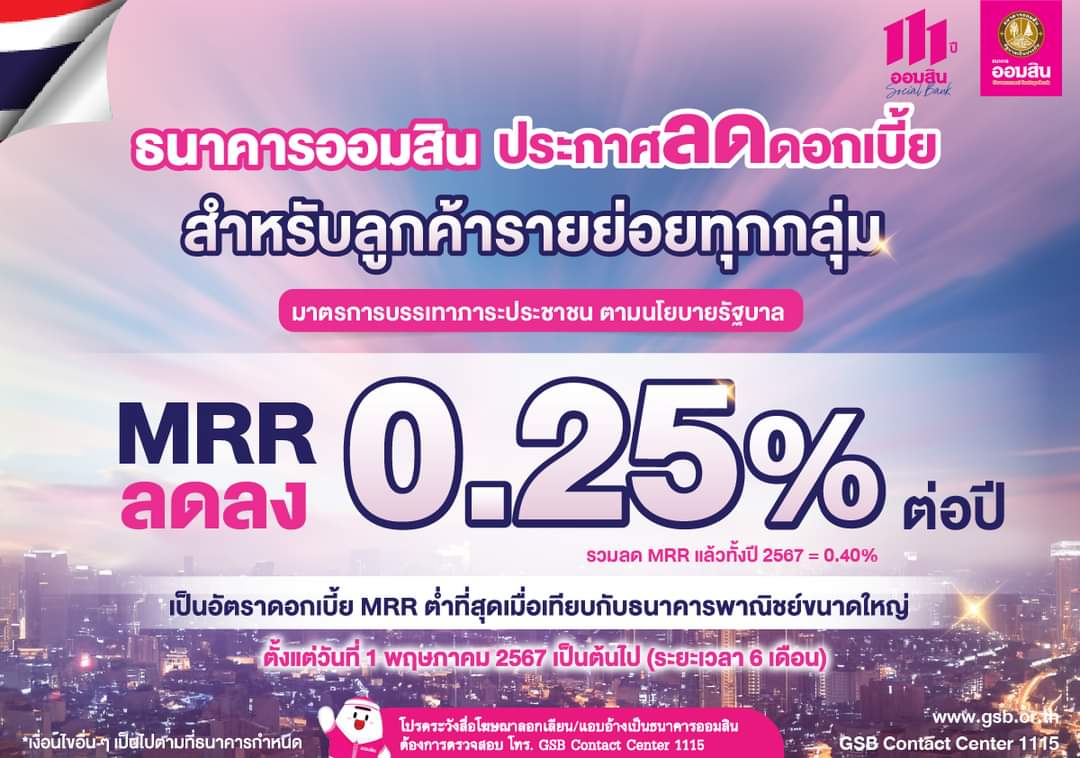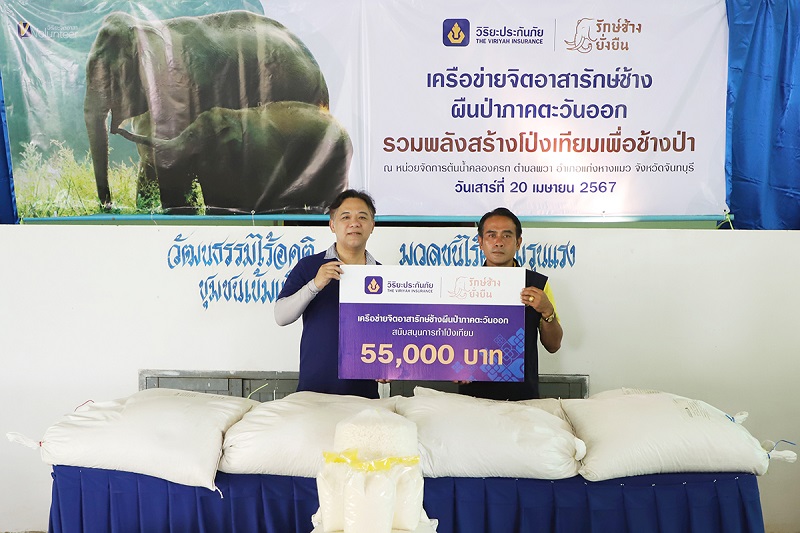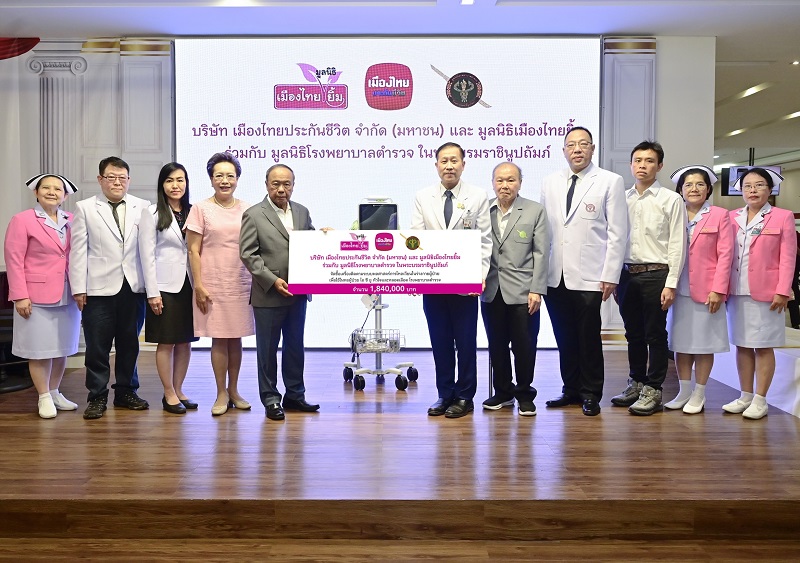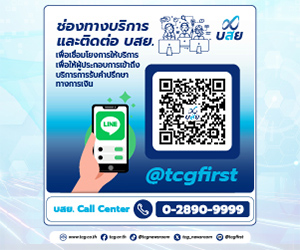นายชุติเดช ชยุติ รองประธานเจ้าหน้าที่บริหารอาวุโส – คอร์ปอเรท ไฟแนนซ์ “เคทีซี” หรือ บริษัท บัตรกรุงไทย จำกัด (มหาชน) ผู้นำธุรกิจสินเชื่อเพื่อผู้บริโภค ร่วมกับ นายพรเลิศ เบญจกุล กรรมการผู้จัดการ บริษัท วินเพอร์ฟอร์มานซ์ จำกัด ผู้ให้บริการติดตามหนี้และด้านกฎหมาย เปิดเวทีเสวนาปันความรู้ #KTC FIT Talks 5: จับเข่าคุย เล่าความเสี่ยงหนี้นอกระบบ ณ ห้องประชุมใหญ่ “เคทีซี” ชั้น 14 อาคารสมัชชาวาณิช 2 พร้อมออกอากาศสดผ่านเฟซบุ๊คไลฟ์ (Facebook Live) ทางเพจ #KTC CSR Club โดยภายในงานเสวนาได้เปิดมุมมองถึงความแตกต่างและสัดส่วนของหนี้ในระบบและหนี้นอกระบบ ซึ่งปัญหา“หนี้นอกระบบ” ยังคงเป็นส่วนหนึ่งที่ทำให้หนี้ครัวเรือนของไทยเพิ่มสูงขึ้นตลอดหลายปีที่ผ่านมา
นายชุติเดชกล่าวว่า “หนี้นอกระบบ” เกิดขึ้นจากการที่บุคคลขาดโอกาสเข้าถึงแหล่งเงินทุน จึงมีความจำเป็นต้องหันไปพึ่งพาเจ้าหนี้บุคคลนอกระบบ ซึ่งคิดดอกเบี้ยสูงเป็นรายวันหรือรายเดือนนอกจากนี้ หากลูกหนี้ไม่มีเงินชำระหนี้ เจ้าหนี้ก็อาจใช้วิธีการตามทวงที่รุนแรง ซึ่งต่างจาก “หนี้ในระบบ” ที่เกิดจากการปล่อยสินเชื่อของผู้ประกอบการหรือนิติบุคคลซึ่งดำเนินการด้วยความโปร่งใส เป็นธรรมและตรวจสอบได้ ภายใต้กรอบการกำกับที่ชัดเจนขององค์กรกลาง และยังมีสิทธิพิเศษที่ช่วยแบ่งเบาภาระให้กับผู้ขอสินเชื่อ”
“ทางภาครัฐเองได้ตระหนักถึงความรุนแรงและความเสี่ยงของปัญหาหนี้นอกระบบ จึงได้หามาตรการดึงลูกหนี้นอกระบบให้เข้ามาอยู่ในระบบถูกต้อง โดยได้ออกสินเชื่อรายย่อยเพื่อการประกอบอาชีพภายใต้การกำกับ หรือ “นาโนไฟแนนซ์” (Nano Finance) เพื่อให้บุคคลธรรมดาที่มีรายได้น้อยหรือเจ้าของกิจการขนาดเล็ก ที่ไม่มีเอกสารแสดงแหล่งที่มาของรายได้อย่างชัดเจน และไม่มีสินทรัพย์เป็นหลักประกันในการกู้ยืมเงิน หรือไม่เคยมีข้อมูลสามารถแสดงประวัติในการชำระหนี้ได้เข้าถึงแหล่งเงินทุนดอกเบี้ยถูก เพื่อนำเงินไปใช้ในการประกอบอาชีพ โดยนาโนไฟแนนซ์มีวงเงินสินเชื่อสูงสุดรายละไม่เกิน 100,000 บาท อัตราดอกเบี้ยและค่าธรรมเนียมต่างๆ รวมกันสูงสุดไม่เกินร้อยละ 36 ต่อปี (อัตราดอกเบี้ยลดต้นลดดอก Effective Rate) โดยเมื่อสิ้นเดือนมีนาคม 2562 มีผู้ประกอบการที่ปล่อยสินเชื่อนาโนไฟแนนซ์ทั้งสิ้น 33 ราย จำนวนบัญชีที่ได้รับสินเชื่อนาโน ไฟแนนซ์ทั้งสิ้นเท่ากับ 1.91 ล้านบัญชี และมียอดสินเชื่อคงค้างทั้งสิ้น 30,669 ล้านบาท”
“นอกจากนี้ ภาครัฐยังได้ออกสินเชื่อรายย่อยระดับจังหวัดภายใต้การกำกับ หรือ “พิโกไฟแนนซ์” (Pico Finance) ซึ่งเป็นสินเชื่ออเนกประสงค์ให้กับบุคคลธรรมดากู้ยืมไปใช้จ่ายส่วนตัว เช่น ชำระค่าเทอม ค่ารักษาพยาบาล ใช้คืนเงินกู้นอกระบบ หรือนำไปลงทุนในกิจการเล็กๆ โดยผู้ขอสินเชื่อจะมีทรัพย์สินหรือไม่มีทรัพย์สินเป็นหลักประกันก็ได้ แต่ต้องมีทะเบียนบ้านหรือมีที่อยู่อาศัยปัจจุบัน หรือทำงานในจังหวัดที่สำนักงานใหญ่ของผู้ให้กู้ตั้งอยู่ โดยล่าสุดตามประกาศกระทรวงการคลัง ลงวันที่ 9 เมษายน 2562 มีการปรับปรุงหลักเกณฑ์การปล่อยสินเชื่อพิโกไฟแนนซ์ โดยให้กู้ยืมเงินได้โดยมีวงเงินรวมสินเชื่อไม่เกิน 100,000 บาทต่อราย และกำหนดอัตราดอกเบี้ย ค่าปรับ ค่าบริการหรือค่าธรรมเนียมอื่นๆ รวมแล้วไม่เกินอัตราร้อยละ 36 ต่อปี (อัตราดอกเบี้ยลดต้นลดดอก Effective Rate) สำหรับการปล่อยกู้วงเงิน 50,000 บาทแรก และวงเงินส่วนที่เกิน 50,000 บาท จะคิดอัตราดอกเบี้ย ค่าปรับ ค่าบริการหรือค่าธรรมเนียมอื่นๆ รวมแล้วไม่เกินอัตราร้อยละ 28 ต่อปี (อัตราดอกเบี้ยลดต้นลดดอก Effective Rate) นอกจากนี้ ยังอนุญาตให้ผู้ประกอบธุรกิจสินเชื่อพิโก ไฟแนนซ์ สามารถรับสมุดคู่มือทะเบียนรถยนต์และรถจักรยานยนต์เป็นหลักประกัน โดยสิ้นเดือนมีนาคม 2562 มีผู้ประกอบการที่ปล่อยสินเชื่อพิโก ไฟแนนซ์แล้ว 443 ราย ใน 64 จังหวัด โดยมียอดสินเชื่ออนุมัติสะสมเท่ากับ 76,787 บัญชี และมียอดสินเชื่อคงค้างทั้งสิ้น 599.56 ล้านบาท”
“การช่วยเหลือด้าน “สินเชื่อ” เป็นอีกทางเลือกหนึ่งที่สามารถแก้ปัญหาหนี้นอกระบบให้ลดลง เพื่อเพิ่มความคล่องตัวและคุณภาพชีวิตของคนไทยให้ดีขึ้น อย่างไรก็ตามสินเชื่อส่วนบุคคลและสินเชื่อบัตรเครดิตยังมีสัดส่วนที่ น้อยมาก เมื่อเทียบกับปริมาณหนี้ที่เกิดจากสินเชื่อเพื่อที่อยู่อาศัย และสินเชื่อเช่าซื้อรถยนต์ที่เพิ่มขึ้นอย่างรวดเร็ว”
“สำหรับเคทีซีได้มีการเตรียมความพร้อมที่จะรุกขยาย 3 ธุรกิจใหม่ ได้แก่ นาโนไฟแนนซ์ พิโกไฟแนนซ์ และสินเชื่อที่มีทะเบียนรถเป็นประกัน โดยบริษัทฯ คาดหมายว่าภายในไตรมาส 3 นี้ จะสามารถเปิดให้บริการปล่อยสินเชื่อได้ สำหรับการรุกทำธุรกิจใหม่ ซึ่งเป็นกลุ่มลูกค้าเป้าหมายกลุ่มใหม่ที่ต่างจากเดิม จะช่วยเพิ่มโอกาสขยายตัวของสินเชื่อในอนาคต ทั้งจากฐานลูกค้าและวงเงินที่ต่างจากสินเชื่อเดิม ซึ่งจะทำให้บริษัทฯ สามารถเติบโตอย่างต่อเนื่อง และคาดหวังว่าจะเป็นหัวหอกในการขยายฐานรายได้ใหม่ (New S-curve) ให้กับบริษัทฯ เพิ่มเติมจากการทำธุรกิจหลักบัตรเครดิตและสินเชื่อบุคคลต่อไป ทั้งนี้ บริษัทฯ จะคงมุ่งให้ความสำคัญกับการรักษาพอร์ตลูกหนี้โดยรวมให้มีคุณภาพที่ดี โดยจะควบคุมหนี้ที่ไม่ก่อให้เกิดรายได้ (NPL) ให้อยู่ในอัตราที่ต่ำ เพื่อประโยชน์ของผู้บริโภคที่ขอสินเชื่อ และเพื่อไม่เป็นการเพิ่มภาระหนี้ครัวเรือนให้กับภาครัฐและภาคสังคมโดยรวม”
นายพรเลิศกล่าวถึงการติดตามหนี้ว่า “ในปัจจุบันรูปแบบของการติดตามหนี้ได้เปลี่ยนแปลงไปจากเดิม มีการแข่งขันกันค่อนข้างสูง แต่ละองค์กรมีการปรับปรุงและพัฒนาเพื่อให้มีความเหมาะสมกับการบริหารงาน ทั้งกระบวนการติดตามหนี้และด้านเทคโนโลยี ซึ่งแนวคิดด้านการบริหารงานของบริษัทสำหรับกลุ่มลูกหนี้นาโน-พิโก ไฟแนนซ์ ที่เป็นฐานลูกค้าคนละกลุ่มกับบัตรเครดิตและสินเชื่อบุคคลนั้น หากได้รับมอบหมายให้ดำเนินการ บริษัทคิดว่าคงใช้แนวทางเดิมเป็นหลัก และจะเน้นเรื่องของข้อมูลการวิเคราะห์ข้อมูลของลูกหนี้ ที่ผ่านมาเราระวังและคำนึงถึงปัจจัยต่างๆ ที่มีผลกระทบต่อการชำระหนี้ของลูกหนี้ รวมถึงกฎหมายที่เกี่ยวข้องในการติดตามหนี้ เช่น พ.ร.บ.การทวงถามหนี้ พ.ศ. 2558 สิ่งเหล่านี้เป็นปัจจัยภายนอก ในส่วนของการดำเนินงานภายในเราเน้นไปที่ความรวดเร็วในการติดตามหนี้ และการเข้าถึงลูกหนี้เป็นที่แรกๆ เพราะลูกหนี้นาโน-พิโก ไฟแนนซ์ คงไม่ได้เป็นหนี้อยู่ที่เดียวแน่นอน รวมถึงเรามีการพัฒนาเทคโนโลยีเพื่อสนับสนุนการปฏิบัติงาน ที่สำคัญที่สุดคือข้อมูลลูกหนี้ เพราะข้อมูลคือความได้เปรียบเสียเปรียบในการทำธุรกิจในยุคนี้ ซึ่งขึ้นอยู่กับนโยบายของบริษัทต่างๆ ที่จะให้ความสำคัญหรือไม่ แต่สำหรับเราเพื่อจะได้เห็นตัวตนและพฤติกรรมของลูกหนี้หรือกลุ่มของลูกหนี้อย่างชัดเจน เพื่อให้เราสามารถวิเคราะห์ข้อมูลและนำผลที่ได้ไปกำหนดแนวทางในการบริหาร และการพัฒนาระบบด้านเทคโนโลยีให้สอดคล้องกับการติดตามหนี้ ยกตัวอย่างข้อมูลจากการสำรวจ เช่น กลุ่มลูกหนี้ในปัจจุบันเป็นกลุ่มคนทำงานบริษัทที่ต้องรอเงินเดือนเป็นส่วนใหญ่ในการชำระหนี้ ไม่มีอาชีพเสริมหรืออาชีพรอง เราจะติดตามหนี้อย่างไร หากเกิดอะไรขึ้นกับคนกลุ่มนี้ จากหนี้ที่ดีจะกลายเป็นหนี้เสีย และมีการค้างชำระหนี้ ซึ่งมีอยู่ประมาณ 35% และจะมีกลุ่มคนอีกประเภทที่ไม่ค่อยสนใจ ละเลย ไม่มีวินัยในการชำระหนี้ มีอยู่ประมาณ 34% เราจะทำอย่างไร ซึ่งทั้งสองกลุ่มยังไม่ถือว่ามีความเสี่ยงเท่าใดนัก แต่ความเสี่ยงที่จะเกิดขึ้นจริงๆ มาจากพฤติกรรมการใช้จ่ายฟุ่มเฟือยเกินตัวติดวัตถุนิยมหรือมีพฤติกรรมหมุนหนี้ คือ กู้ยืมเงินจากแหล่งเงินกู้ที่หนึ่งไปชำระคืนให้แหล่งเงินกู้เดิม สุดท้ายอาจมาจากความยากจนจริงๆ ไม่มีงานทำ ตกงาน จึงไม่มีเงินเพียงพอในการชำระหนี้ เมื่อเราทราบข้อมูลพื้นฐานต่างๆ ของลูกหนี้ เราก็ต้องนำมาปรับปรุงกระบวนการติดตามหนี้ ซึ่งในปัจจุบันเราเน้นการติดตามหนี้แบบ Virtual Collector เพื่อความรวดเร็วและเพิ่มประสิทธิภาพ สามารถเจาะกลุ่มลูกหนี้ในการติดตามหนี้ได้ดีกว่าการใช้วิธีปฏิบัติแบบเดิมๆ ซึ่งลูกหนี้ปัจจุบันนี้ ไม่ค่อยรับโทรศัพท์ หรือไม่สามารถรับสายในที่ทำงานได้”
“อีกประเด็นหนึ่งที่สำคัญ คือเรื่องของกฎหมายต่างๆ ที่ภาครัฐได้บังคับ และให้ถือเป็นแนวทางในการปฏิบัติ ได้แก่ พ.ร.บ.การทวงถามหนี้ พ.ศ. 2558 ซึ่งปัจจุบันทุกองค์กรมีการปฏิบัติตาม พ.ร.บ. ดังกล่าวอยู่แล้ว แต่เราต้องคอยตรวจสอบว่าจะมีข้อบังคับหรือประกาศอะไรใหม่ๆ ที่เกี่ยวข้องเกิดขึ้นหรือไม่ เช่น ล่าสุดมีการประชุมและกำลังจะประกาศเพิ่มเติมเป็นเรื่องที่ให้ผู้ทวงถามหนี้ติดต่อลูกหนี้ หรือบุคคลที่ลูกหนี้ระบุไว้ โดยสามารถโทรได้ไม่เกิน 1 ครั้ง ต่อ 1 วัน และอาจจะมีการลงทะเบียนผู้ทวงถามหนี้ให้ลูกหนี้รับทราบว่าเป็นใครโทรมา เป็นต้น”
“สำหรับผู้ที่มาขอสินเชื่อและเริ่มมีภาระหนี้เกิดขึ้น และถูกติดตามหนี้จากผู้ทวงถามหนี้ ขอบอกว่า เป็นหนี้ก็ต้องจ่ายคืนแน่นอน จะได้มีความสุขไม่ถูกติดตามหนี้ แต่ถ้าไม่สามารถจ่ายคืนได้ คำถามคือ จะทำอย่างไรดี ลำดับแรก อย่าเครียดกับการเป็นหนี้ และขอให้ตั้งเป้าหมายในชีวิตว่าจะทำอย่างไร โดยทั่วไปบุคคลที่เป็นหนี้ต้องหยุดการใช้จ่ายที่ไม่จำเป็น หยุดความอยากได้ไม่สร้างหนี้เพิ่มเติม ใช้ของเดิมที่มีอยู่ ใช้จ่ายที่จำเป็นในชีวิตประจำวันเท่านั้น ถ้าไม่สามารถควบคุมตัวเองได้ก็ให้ลดวงเงิน หรือยกเลิกสินเชื่อที่มีอยู่ คงเหลือไว้เพียงสินเชื่อที่จำเป็นและให้สิทธิประโยชน์แก่ตนเอง ต่อมาชำระหนี้ให้ตรงเวลาเพื่อรักษาประวัติด้านการเงิน หารายได้เพิ่ม อย่าไปกังวลเรื่องหนี้ มองที่เงินที่จะเพิ่มขึ้นจะได้มีความสุข หนี้เป็นปัญหาที่แก้ไขได้แต่ต้องมีการวางแผน เช่น การหาเงินมาปิดหนี้ที่มีดอกเบี้ยสูงๆ การรีไฟแนนซ์ พูดคุยกับเจ้าหนี้ขอประนอมหนี้กับสถาบันการเงินต่างๆ ซึ่งแต่ละแห่งจะมีแนวทางที่ต่างกันไป เท่านี้เราก็จะพ้นสภาพความเป็นหนี้ และจะได้กลับมาเป็นลูกค้าที่ดีและมีความสุข”
++++++++++++++++++++++++++++++++++++++++++
KTC organizes public seminar #KTC FIT Talks 5: Risks Attached to Loan Sharks.
Mr. Chutidej Chayuti, Chief Finance Officer “KTC” or Krungthai Card Public Company Limited, a leader of the consumer finance business, jointly with Mr. Pornlert Benjakul, Managing Director of Winperformance Company Limited, purveyor of debt collection and recovery services, organize the #KTC FIT Talks 5: Risks Attached to Loan Sharks knowledge sharing seminar at the Conference Room, 14th floor, UBC II Building. The event was also streamed on Facebook Live on the #KTC CSR Club page. The talk revealed contrasting perspectives regarding standard loans and non-standard/shark loans. These “shark loans” remains as one of the causes of the spike in Thailand’s household debts in the past years.
Mr. Chutidej states, “‘Shark loans are caused when individuals lack the opportunity to gain access to money sources and due to financial obligations have to rely on loans offered outside of local authority. These loan sharks offer loans at extremely high daily or monthly interest rates. Moreover, if debtors fail to pay back loans, they may use violent debt collection methods. This is different from “standard loans” which is a process whereby a business or a legal entity offers loans in a transparent, fair and verifiable manner within a clear guidance of a central organization with privileges to lighten the debt load to loan applicants”
“The government is aware of the violence and risks associated with loan sharks. For this reason the government has been looking for methods to transfer non-standard loans into correct standard ones. The government launched supervised personal loan business or “Nano Finance” for low income individuals or small business owners who do not own clear income statements nor own assets as collateral or never had debt payment records, to gain access to money sources with low interest rates to aid their business practices. Nano Finance has a loan issuance amount per person of a maximum of Bt. 100,000 and a total of interest rates and other fees not exceeding 36 percent per year (Effective rate). There were 33 businesses offering Nano Finance loans by the end of March 2019 with a total of 1.91 million Nano Finance loans receiver accounts and a total of Bt. 30.669 billion in outstanding loan balance.
“Furthermore, the government has also launched provincial retail loans under supervision or “Pico Finance” a multi-purpose personal loans for loaners to make loans for personal expenses such as tuition, medical care, loan shark payments or investment in small businesses. Loan applicants may or may not own assets as collateral but are required to have a census registration, a current address or is employed at a city where the debt provider’s headquarters is located at. According to the Ministry of Finance’s most recent report released on April 9, 2019, there has been a change in requirements to provide Pico Finance loans. Pico Finance has a loan issuance amount per person of a maximum of Bt. 100,000 and a total of interest rates and other fees not exceeding 36 percent per year (Effective rate) or the first Bt. 50,000 loan amount. Loans exceeding the Bt. 50,000 mark will be subject to a total of interest rates and other fees not exceeding 28 percent per year (Effective rate). Besides this, Pico Finance business purveyors may accept car and motorbike registration as collateral. There were 443 businesses offering Pico Finance loans in 64 provinces by the end of March 2019 with a total of 76,787 Pico Finance loans receiver accounts and a total of Bt. 599.56 million in outstanding loan balance.
“Aid in terms of “personal loans” is another option that will help solve the problem of non-standard loans to increase Thais’ quality of life. However, personal loans and credit card loans ratio remain low compared to the amount of debt generated by loans for housing and car purchases which continue to increase quickly.”
“KTC has prepared to venture into three new businesses: Nano Finance, Pico Finance and the personal loans business with car license plates as collateral. The company have made preparations and expected to be available within Q3 of this year. This new business with a new target audience that is different from before will increase the expansion of personal loans in the future, from both customer bases and financial amounts that are different from original personal loans. The company will continue to grow continuously and hopes that these businesses will become the new S-curve that generate new income for the firm on top of existing credit card and personal loans businesses. Nevertheless, the company will remain focused on maintaining high quality ports of receivables, and a low debt that do not generate profit (NPL) rate, for the benefits of consumer loan applicants and to not increase household debts to the government and society overall.”
Mr. Pornlert states in terms of debt collection, “Nowadays, debt collection is different than before with quite intense competition. Each institution have been making changes and improvements to appropriately fit with work development whether it be debt collection methods or technology. If the company had a chance to develop another company’s work operation for the Nano-Pico Finance consumer base which is different from that of the credit card and personal loans business, the company would aim for the same guidelines with emphasis on data and analysis on debtor data. In the past we have been cautious and mindful of different factors that affect debtors’ ability to pay back loans as well as laws related to debt collection, for example, the 2015 Debt Collection Act. These are external factors whereas internal operations will focus on collecting debt in a timely manner and providing first access to debtors as Nano-Pico Finance debtors surely do not have debts at only one source. We have also developed our technology to support our operations. The most important element is debtor information as data is now the determiner of who has the advantage. This depends on each company’s policies whether it will give this priority. This is certainly true for us to clearly determine debtors’ behavior and to pinpoint the target debtor group for us to analyze information and use the results to decide on business operations and develop technology to conform to debt collection. For example, current debtors are office workers who majority rely on monthly salaries to pay back their loans. These individuals do not have other occupations. The question which arises is how do we follow up on their debts. If something were to happen to this group of individuals, good debt will turn into bad ones with remaining debt which is approximately 35 percent. There will also be a group of people who will become careless and do not have discipline in paying back loans which is at a level of 34 percent. The question that arises again is what we should do. These two groups do not have much risks tied to them, although the real risks stem from unnecessary and extravagant spendings, materialism and borrowing more money to pay off debt, and lastly from poverty and unemployment, leading to insufficient funds to repay debt. When we know these debtors’ basic information, we improve on our debt collection process. Currently we are using a Virtual Collector for efficiency and timeliness which enables us to better target debtors compared to regular methods. Debtors nowadays do not pick up their phones or is unable to do so in their workplace.”
“Another important point is the different laws enforced by the government as operational guidelines. This includes the 2015 Debt Collection Act and all institutions comply with this. However, we must always check on new related restrictions or announcements. For instance, recently a meeting was held about how debt collectors may only contact debtors or their specified contact person only once per day, and there may be debt collector registration so that debtors know who called.”
“I would like to say to those who asked for personal loans and have begun to have debt. Debt must be repaid as debt collection do not lead to happiness. In the case where this is not possible, do not stress about being in debt, and set a goal about what to do. In general, debtors must stop making unnecessary payments, stop his/her greed, do not create additional debt, use existing items and only spend on basic needs. If restraint is not possible, allowance should be decreased or existing personal loans cancellation must be done to only have necessary personal loans remaining. Debts should be paid on time to maintain a good credit background, and find additional sources of income. Do not worry about debt, focus on the money that will increase to be happy. Debt is a solvable problem but only with planning, for example, finding money to pay off high interest debt, refinancing, or speaking with financial institutions to reach a compromise and each will have different guidelines. These advices will lead to a debt-free state and the return of client happiness.”


